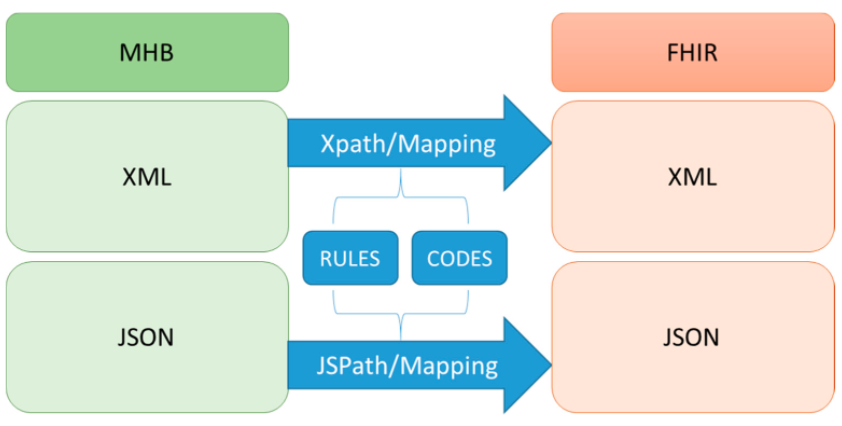Difference between revisions of "Template:Article of the week"
Shawndouglas (talk | contribs) (Updated article of the week text) |
Shawndouglas (talk | contribs) (Fix) |
||
| Line 1: | Line 1: | ||
<div style="float: left; margin: 0.5em 0.9em 0.4em 0em;">[[File:Fig8 Lee Sustain20 13-1.png|240px]]</div> | <div style="float: left; margin: 0.5em 0.9em 0.4em 0em;">[[File:Fig8 Lee Sustain20 13-1.png|240px]]</div> | ||
'''"[[Journal: | '''"[[Journal:Implement an international interoperable PHR by FHIR: A Taiwan innovative application|Implement an international interoperable PHR by FHIR: A Taiwan innovative application]]"''' | ||
[[Personal health record]]s (PHRs) have many benefits for things such as [[Public health surveillance|health surveillance]], [[Epidemiology|epidemiological surveillance]], self-control, links to various services, [[public health]] and health management, and international surveillance. The implementation of an international standard for interoperability is essential to accessing PHRs. In Taiwan, the nationwide exchange platform for [[electronic medical record]]s (EMRs) has been in use for many years. The [[Health Level 7|Health Level Seven International]] (HL7) Clinical Document Architecture (CDA) was used as the standard for those EMRs. However, the complication of implementing CDA became a barrier for many [[hospital]]s to realizing standard EMRs. In this study, we implemented a [[Health Level 7#Fast Healthcare Interoperability Resources (FHIR)|Fast Healthcare Interoperability Resources]] (FHIR)-based PHR transformation process, including a user interface module to review the contents of PHRs. ('''[[Journal: | [[Personal health record]]s (PHRs) have many benefits for things such as [[Public health surveillance|health surveillance]], [[Epidemiology|epidemiological surveillance]], self-control, links to various services, [[public health]] and health management, and international surveillance. The implementation of an international standard for interoperability is essential to accessing PHRs. In Taiwan, the nationwide exchange platform for [[electronic medical record]]s (EMRs) has been in use for many years. The [[Health Level 7|Health Level Seven International]] (HL7) Clinical Document Architecture (CDA) was used as the standard for those EMRs. However, the complication of implementing CDA became a barrier for many [[hospital]]s to realizing standard EMRs. In this study, we implemented a [[Health Level 7#Fast Healthcare Interoperability Resources (FHIR)|Fast Healthcare Interoperability Resources]] (FHIR)-based PHR transformation process, including a user interface module to review the contents of PHRs. ('''[[Journal:Implement an international interoperable PHR by FHIR: A Taiwan innovative application|Full article...]]''')<br /> | ||
<br /> | <br /> | ||
''Recently featured'': | ''Recently featured'': | ||
Revision as of 17:09, 3 January 2022
"Implement an international interoperable PHR by FHIR: A Taiwan innovative application"
Personal health records (PHRs) have many benefits for things such as health surveillance, epidemiological surveillance, self-control, links to various services, public health and health management, and international surveillance. The implementation of an international standard for interoperability is essential to accessing PHRs. In Taiwan, the nationwide exchange platform for electronic medical records (EMRs) has been in use for many years. The Health Level Seven International (HL7) Clinical Document Architecture (CDA) was used as the standard for those EMRs. However, the complication of implementing CDA became a barrier for many hospitals to realizing standard EMRs. In this study, we implemented a Fast Healthcare Interoperability Resources (FHIR)-based PHR transformation process, including a user interface module to review the contents of PHRs. (Full article...)
Recently featured:










